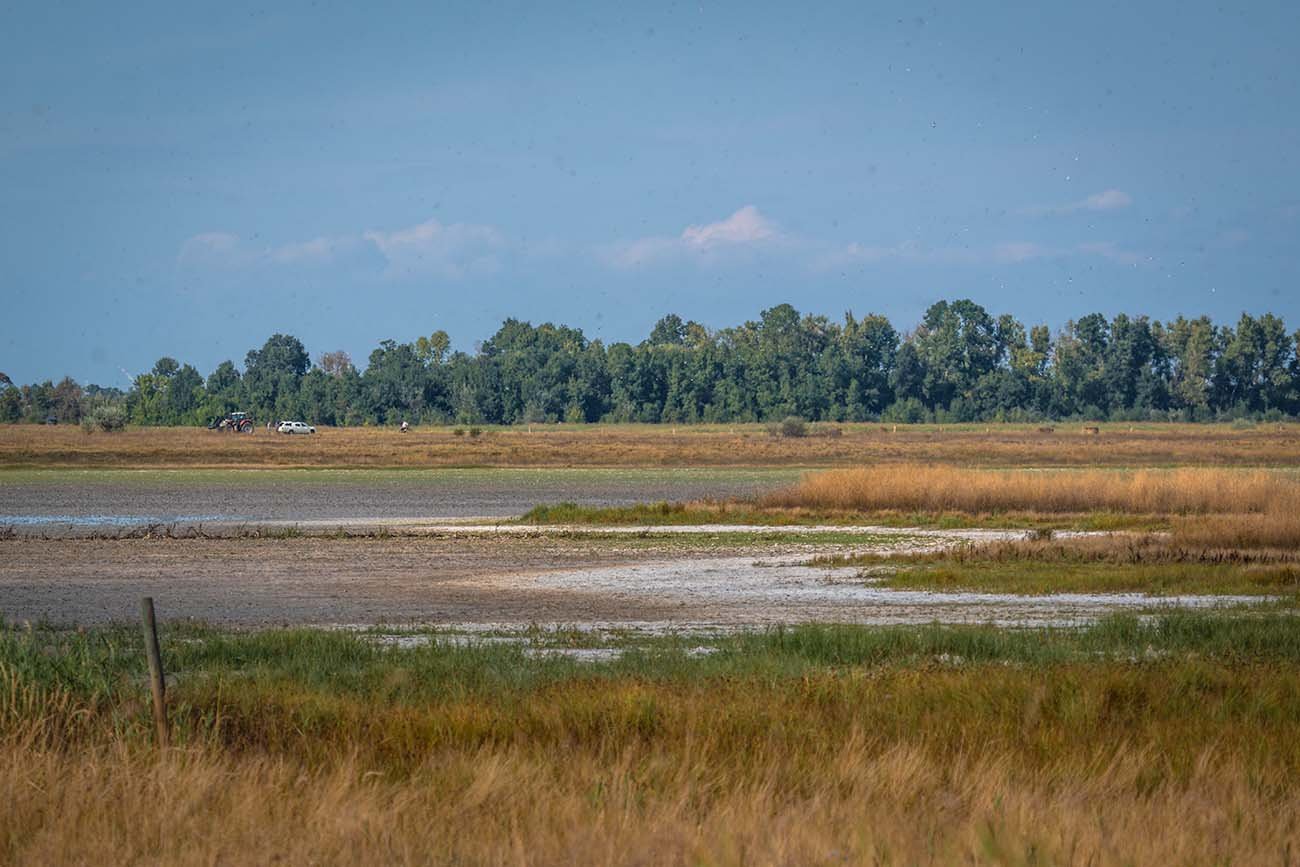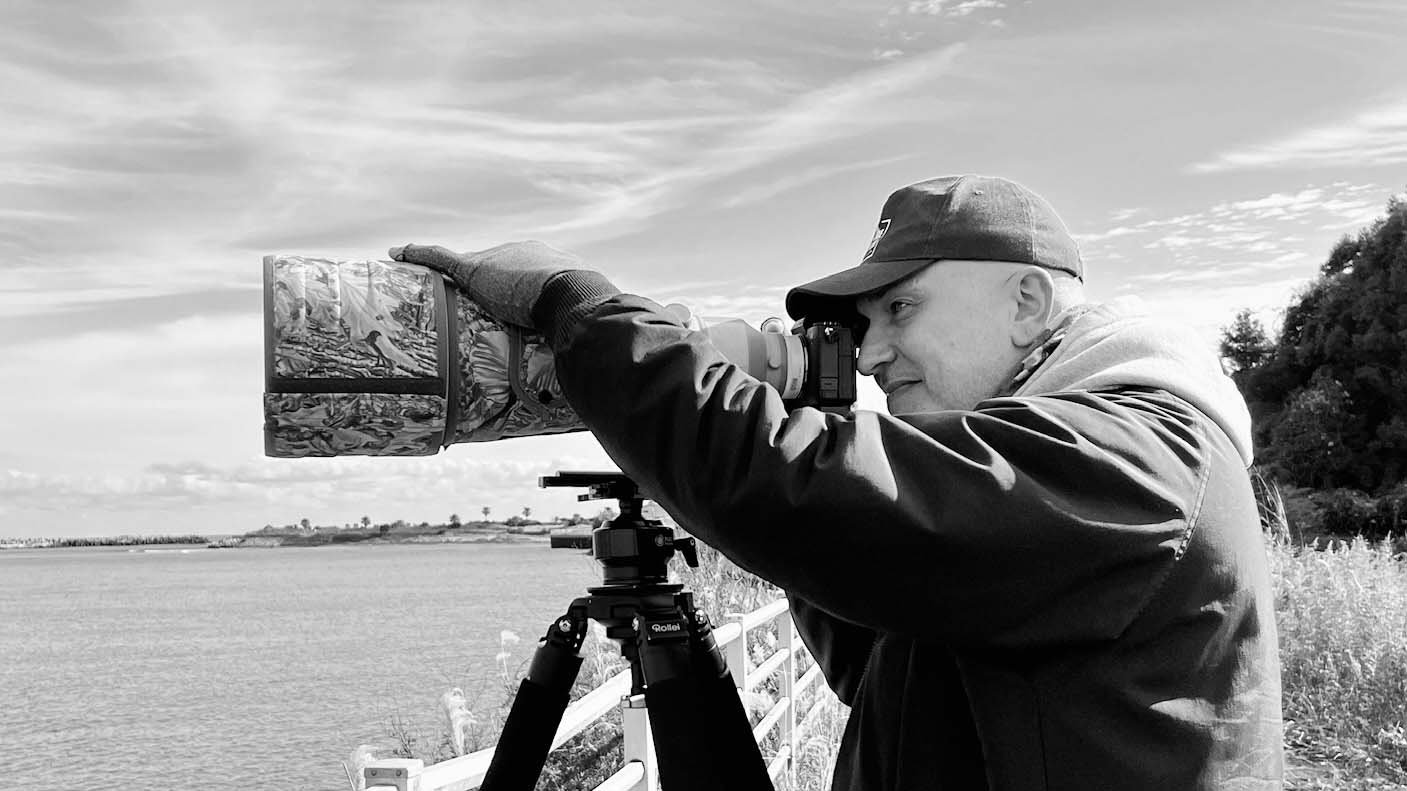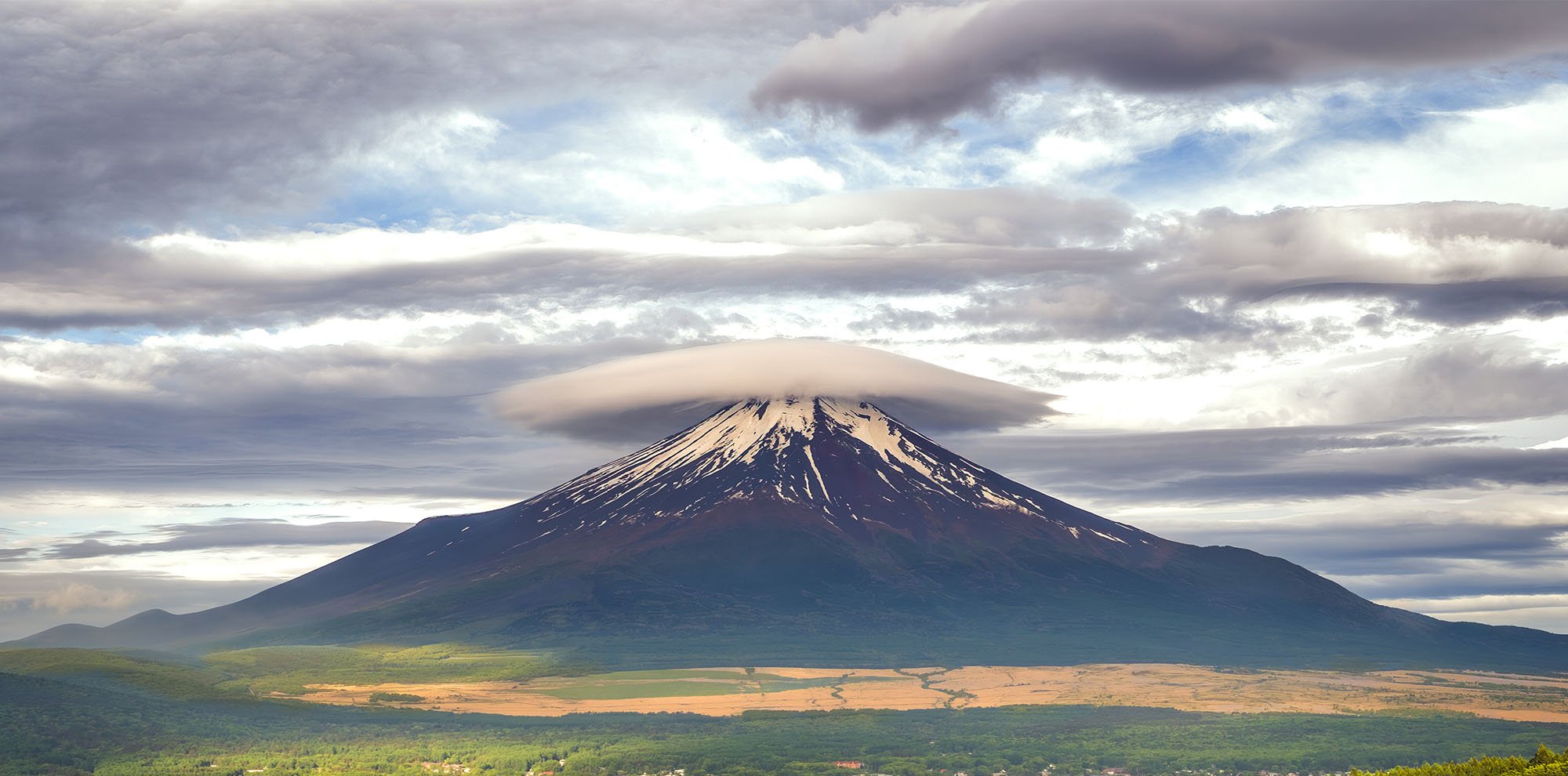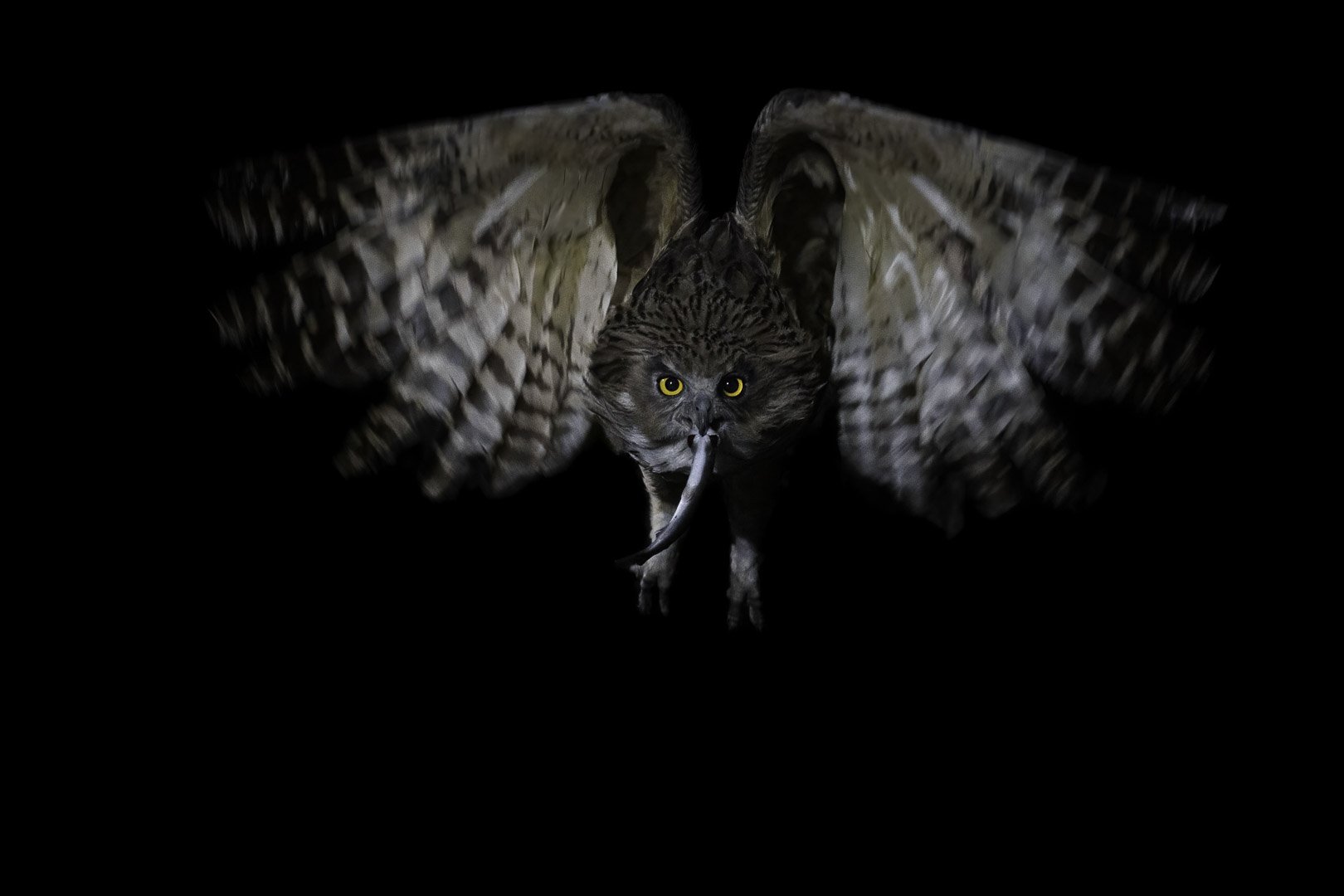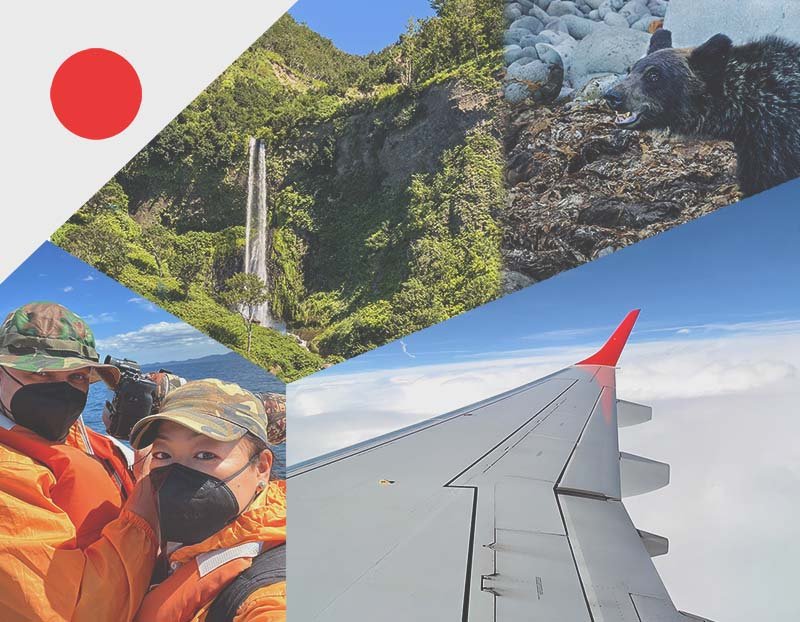Wildlife Photography at Lake Neusiedl: A Day Among Reeds and Steppe
Key Facts about Neusiedl National Park
- Area: Neusiedl-Seewinkel National Park (Austria) & Fertő-Hanság National Park (Hungary)
- UNESCO World Heritage Site: Total area 74,716 ha (68,369 ha core area / 6,347 ha buffer zone)
- Main Photography Spots: Zicklacke, Darscho, Lange Lacke, Zick-See
- Animal Species: Bearded Reedlings, Eurasian Collared Doves, Great White Egrets, Great Bustards
- Best Time for Photos: Early morning (sunrise), evening (sunset)
- Equipment used: Sony a1, Sony a7 R IV, Sony a6700, Sony 400 mm f/2.8, Sony 200 - 600 mm f/4.5/5.6, Tamron 28-75 mm f/2.8
Table of Contents
- Seizing Opportunities When They Arise
- Exploring the Zicklacke
- Meeting Other Nature Photographers
- Photography Around Andau
- A Fascinating Natural Phenomenon: The Insect Tornadoes
- Salt Ponds Like the Darscho
- Visiting the Lange Lacke
- Ending the Day at Zick-See
- My Conclusion
- FAQ
Seizing Opportunities When They Arise
Wildlife photography at Lake Neusiedl is a real adventure – but you need to prepare well. That was not the case for me on this day. The plan to spend the entire day taking photos in the Lake Neusiedl area came up very suddenly, and I had little time to prepare for the diversity and size of the area.
Lake Neusiedl stretches across two countries: Austria and Hungary. On the Austrian side lies Neusiedl-Seewinkel National Park, and on the Hungarian side is Fertő-Hanság National Park. Together, the parks cover an impressive area of 74,716 hectares and are part of the UNESCO World Heritage. It sounded like a fantastic opportunity for me, but without local knowledge, it was also a real challenge.
It was clear that this would be more of an exploration trip since a large area like this, without prior experience, didn’t promise much chance for specific photo successes. The night before, I did some quick research. The National Park Seewinkel website (nationalparkneusiedlersee.at) offers a detailed overview of animal species and seasons, but for last-minute preparation, it was a bit overwhelming. What helped me more were two other sources: a post from fotonomaden.com and an article from juergens-naturfoto.de, which described the best photography spots in the park.
With this information in mind, I started early the next morning at 3:30 a.m. in Vienna – and the day promised to be an exciting exploration.
Exploring the Zicklacke
The Zicklacke in the first rays of sunshine is used by numerous waterbirds as a night quarters
In the early morning, I set off for the Zicklacke, a well-known birding spot in Neusiedl-Seewinkel National Park, which I had found online. Even in the dawn light, I spotted many waterbirds and saw a breathtaking landscape bathed in orange and gold. The path along the Zicklacke is perfect for a peaceful walk. On this path, I came across a group of deer, giving me my first photos of the day.
Sony A1 + 400 mm f2.8 - Deer at dawn near Illmitz on the Zicklacke
Quick Note – What is a "Lacke"?
The salt ponds in Neusiedl National Park are shallow bodies of water with high salt content. The salt is drawn from the ground by rising groundwater and rainwater and stays in the ponds because the soil underneath is too dense to let water escape. As the water evaporates, the salt concentration increases, making these ponds a unique habitat for rare plants and animals.
Meeting Other Nature Photographers
Near a watchtower by the Zicklacke, I met two other photographers, Georg and Emre, both passionate about nature photography. We started chatting, and I quickly learned that they knew the area well. Emre (Instagram: @vogelbeobachter_emre) and Georg (Instagram: @gio_wien) gave me some valuable tips, such as where I could find Bearded Reedlings – a bird I had wanted to photograph for a long time.
Thanks to their help, I was able to get the one shot that made the whole trip worthwhile: a small group of Bearded Reedlings exactly where Georg and Emre suggested. It was one of those moments when you realize how important it is to exchange ideas with other photographers. A big thank you to both of you for the tips and the nice company during our walk!

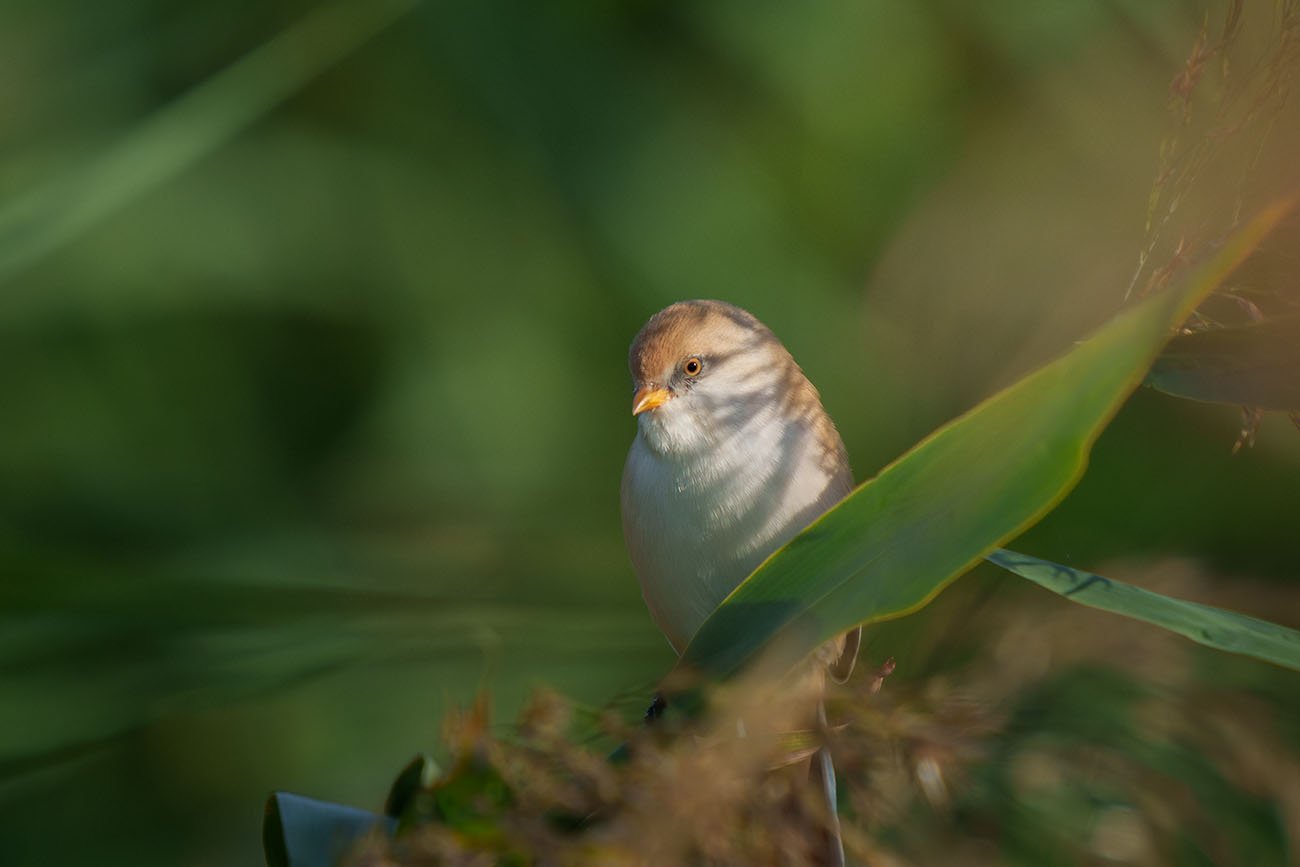
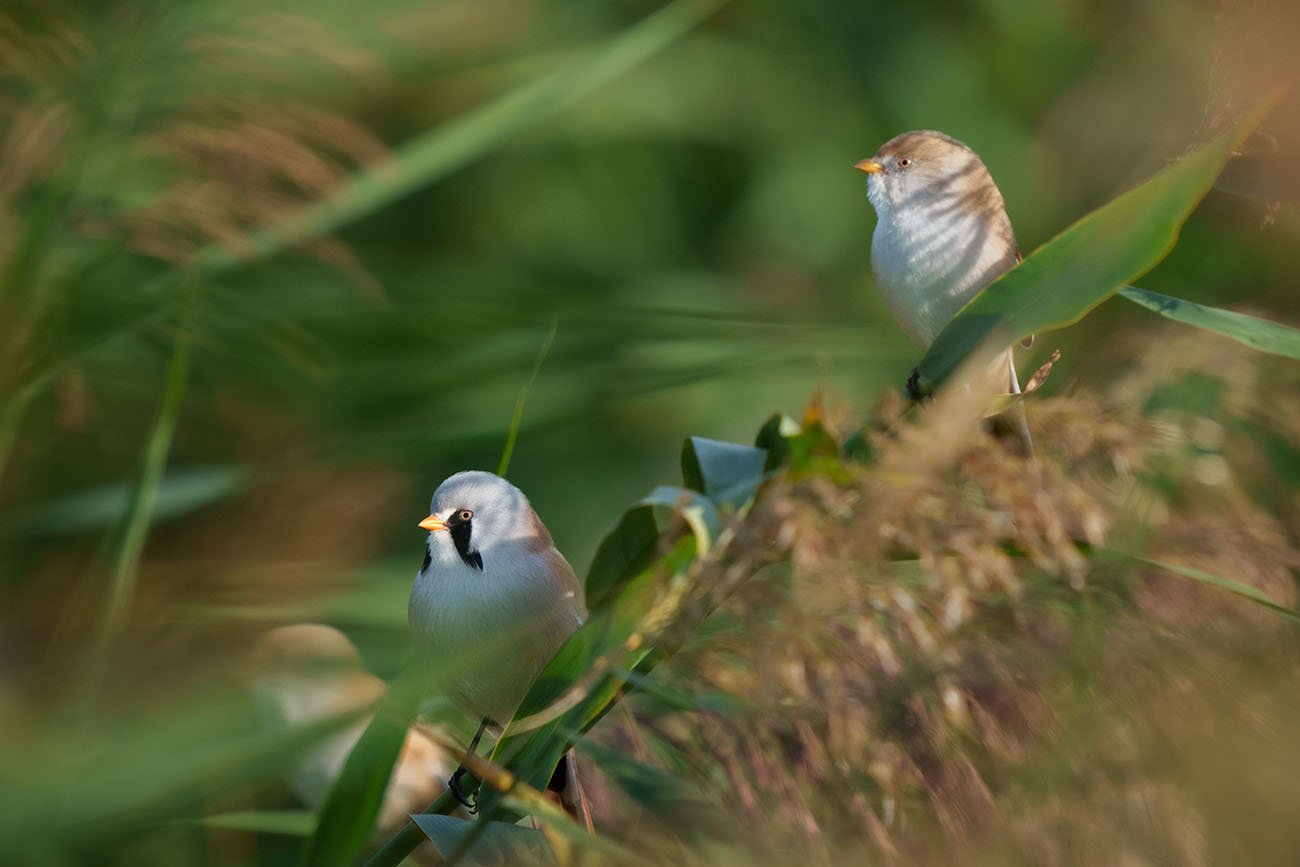

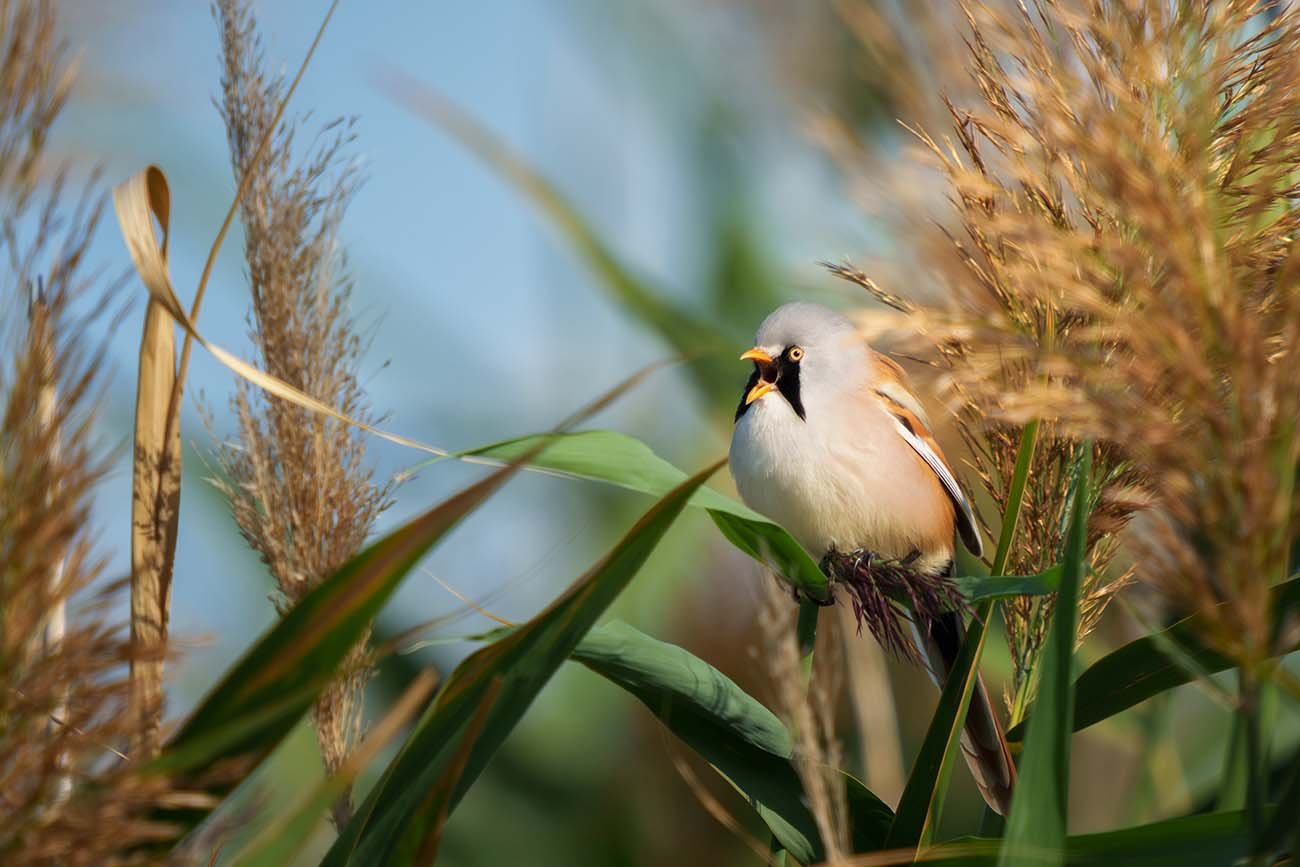

In the first three hours, I was able to observe and photograph an incredible variety of birds, including:
- Great Egret (Ardea alba)
- Little Egret (Egretta garzetta)
- Grey Heron (Ardea cinerea)
- Eurasian Spoonbill (Platalea leucorodia)
- Pygmy Cormorant (Microcarbo pygmaeus)
- Black-headed Gull (Chroicocephalus ridibundus)
- Eurasian Coot (Fulica atra)
- Mute Swan (Cygnus olor)
- Great Crested Grebe (Podiceps cristatus)
- Black-crowned Night Heron (Nycticorax nycticorax)
- Bearded Reedling (Panurus biarmicus)
- Eurasian Collared Dove (Streptopelia decaocto)
It was a great start, and the diversity of wildlife continued to surprise me throughout the day.
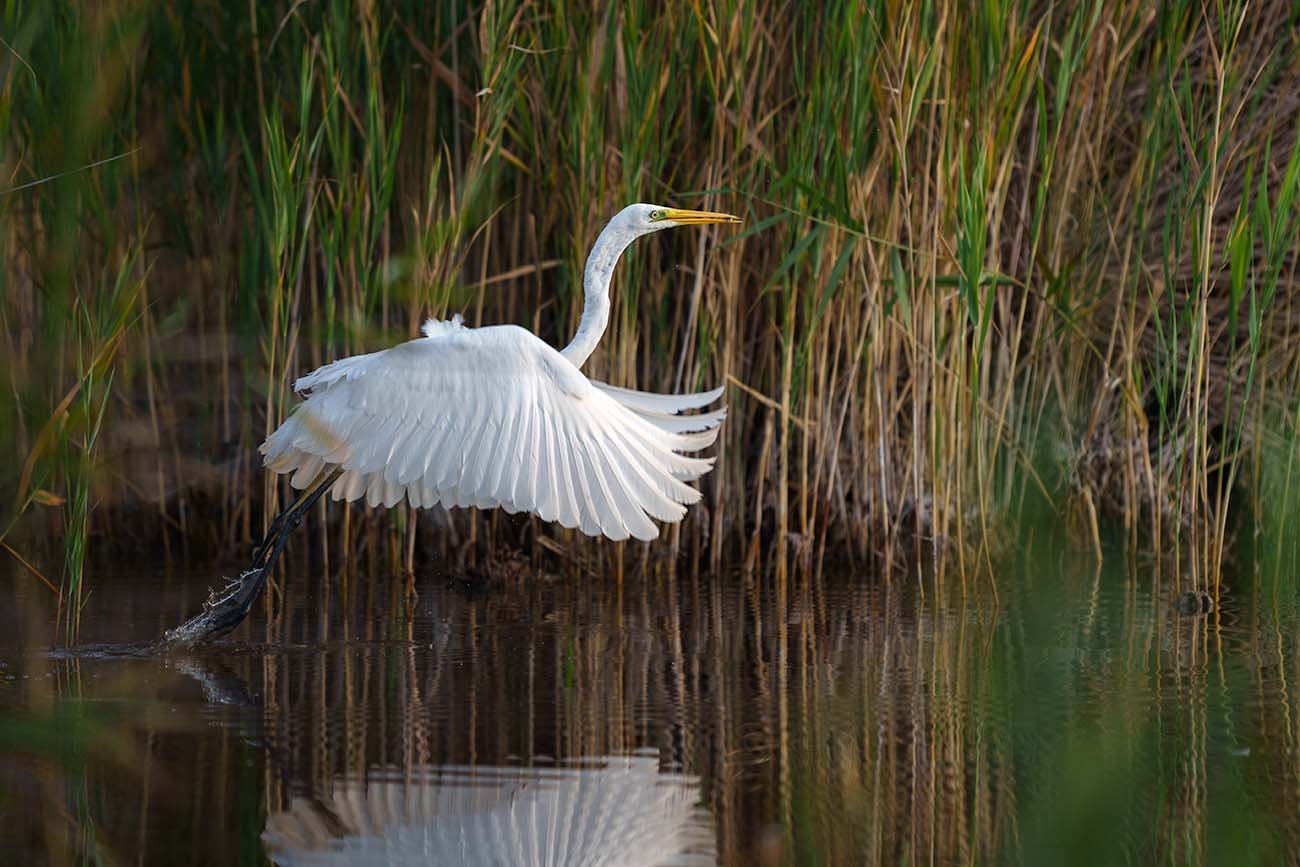
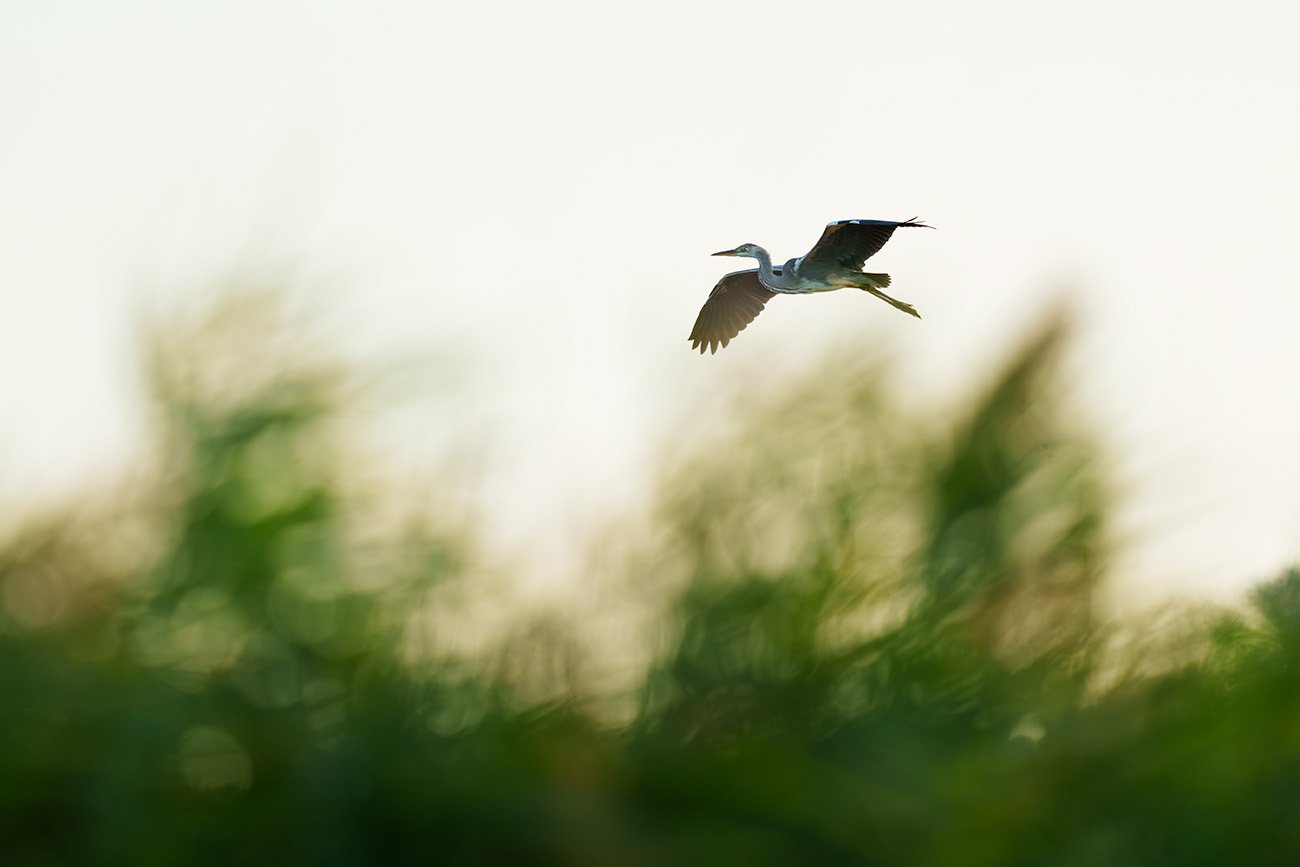
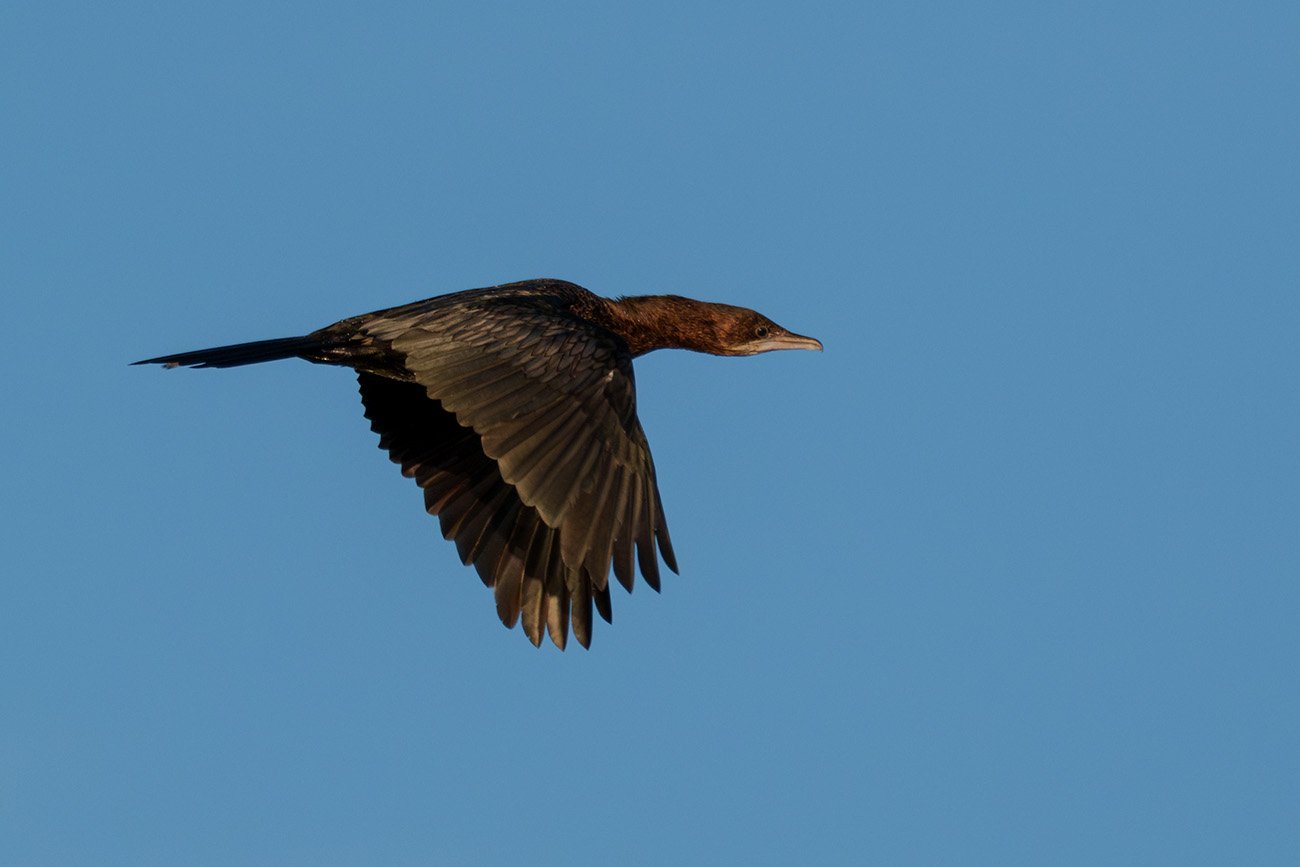
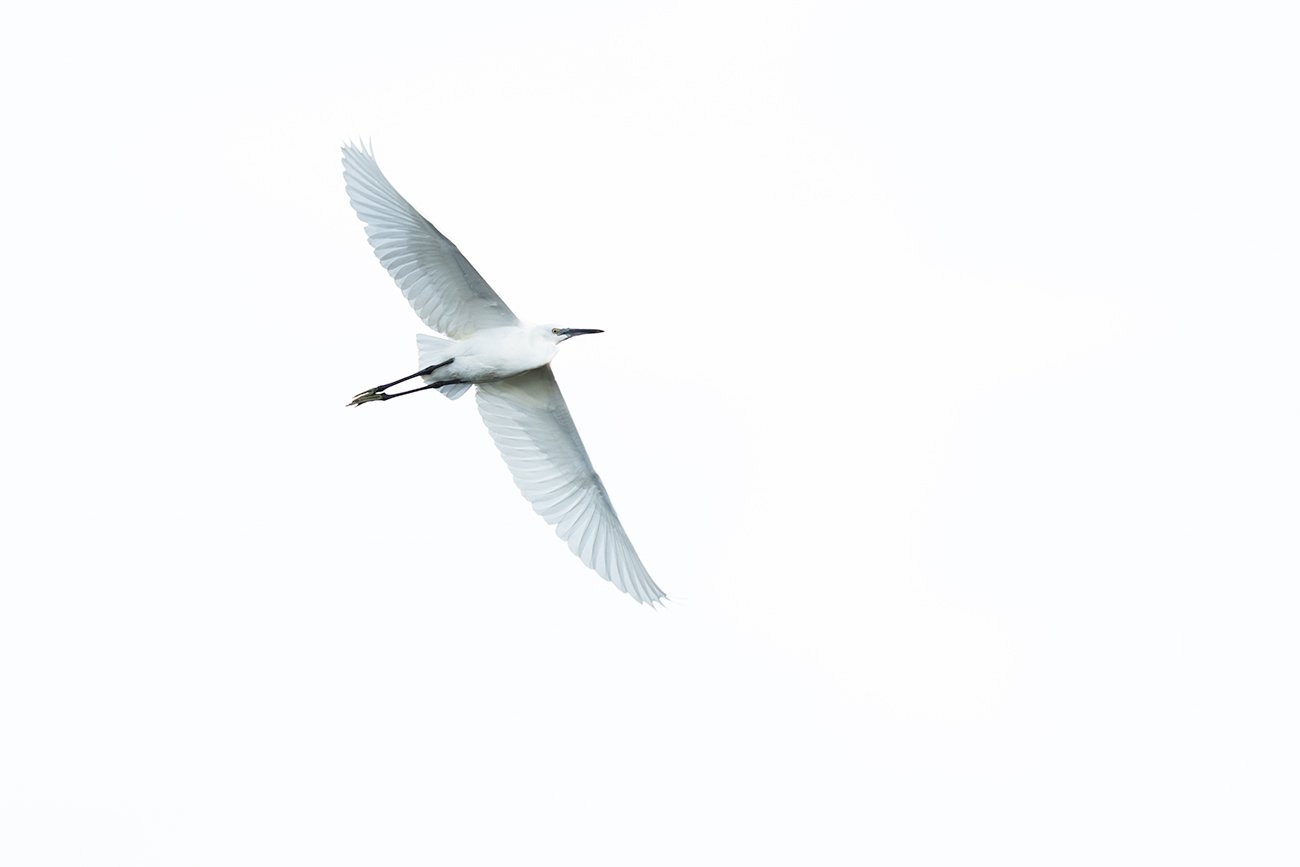
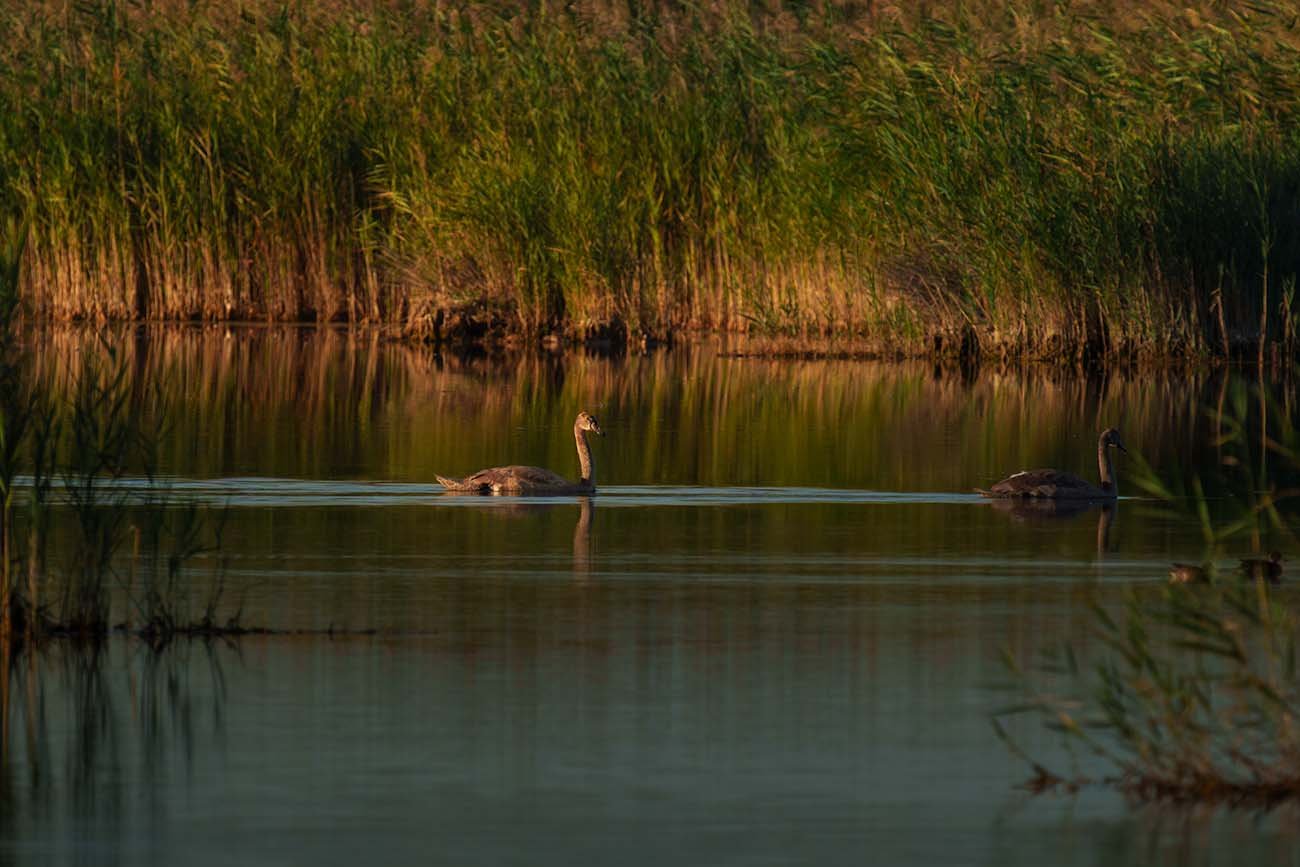
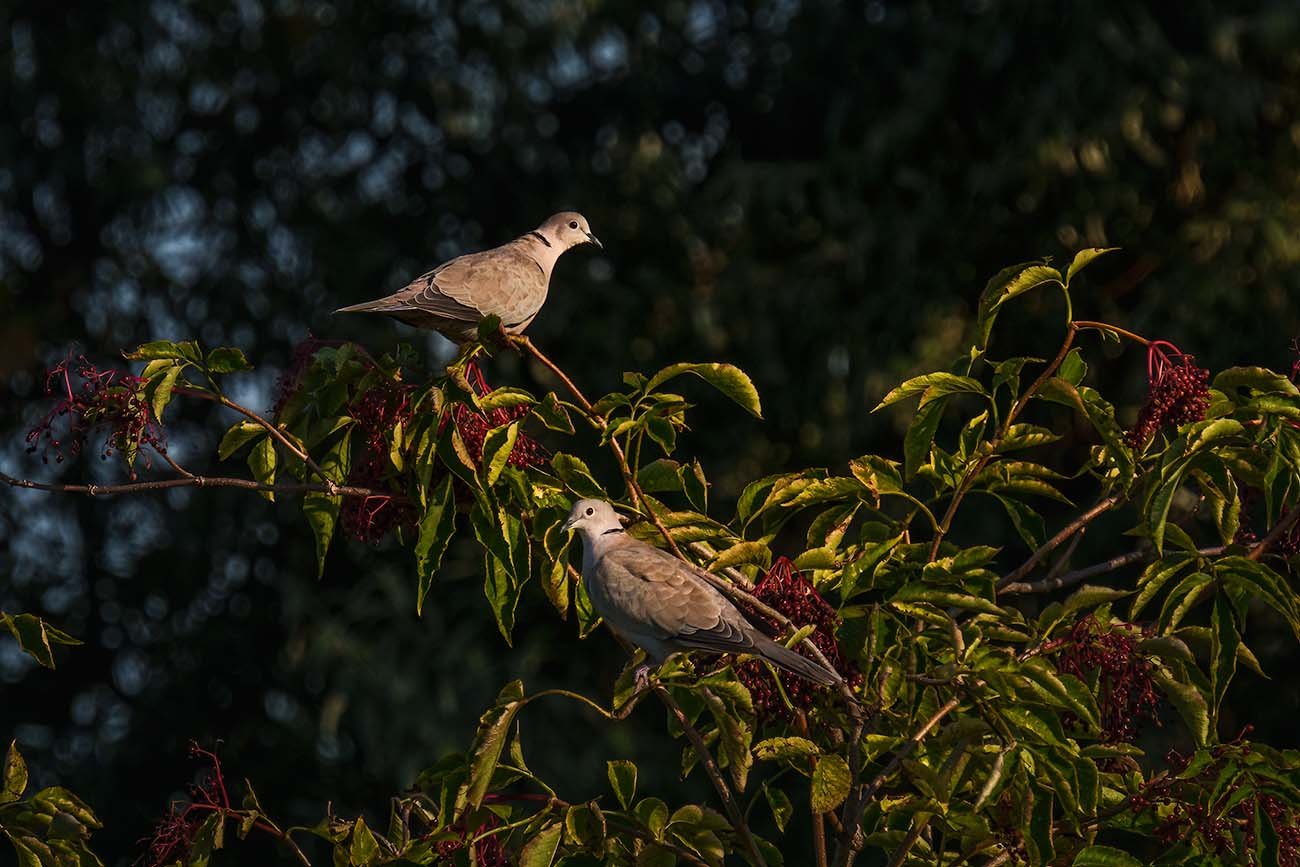
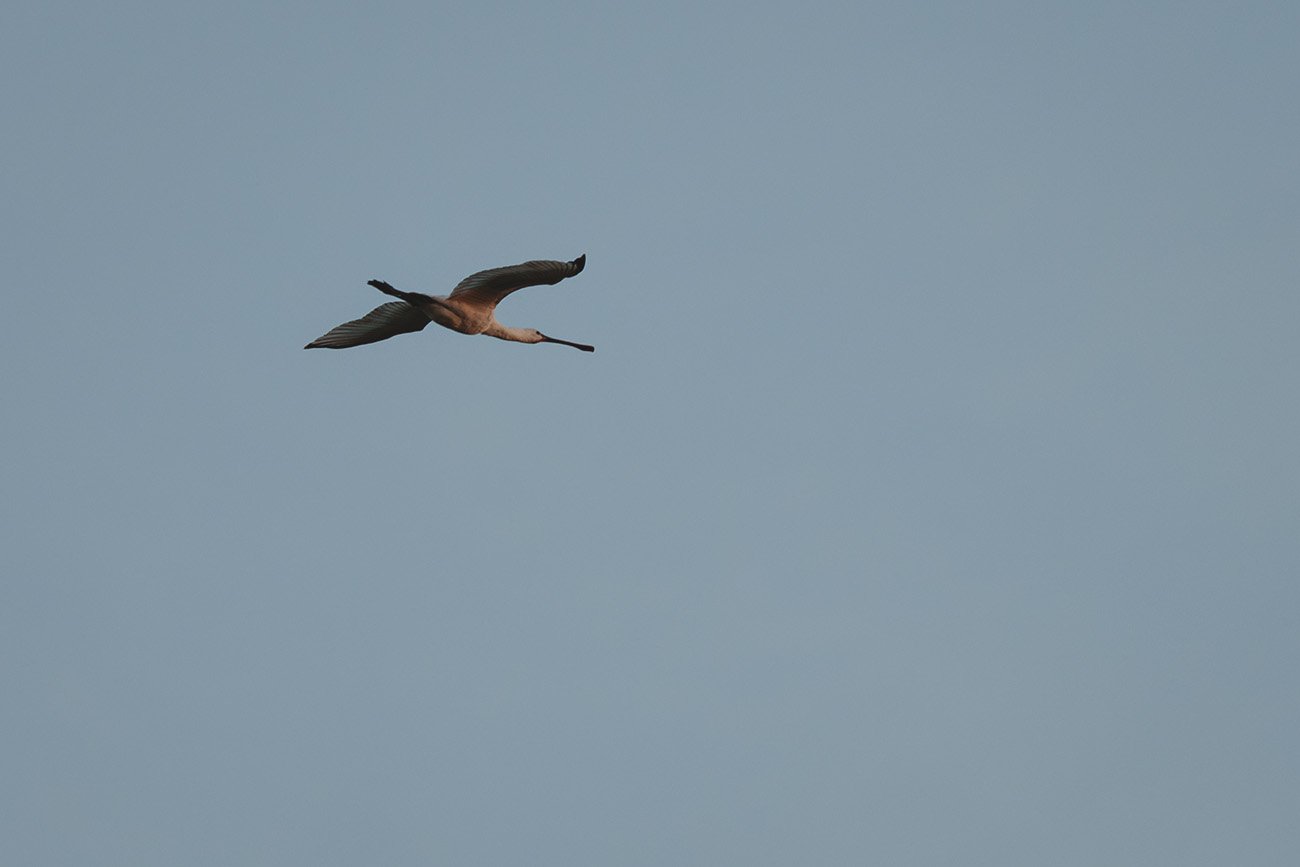
Photography Around Andau
After meeting Georg and Emre, I continued my journey toward the Hungarian border, to the Great Bustard Observation Tower in Andau. Here, I hoped to see Great Bustards or maybe even an Imperial Eagle. Although the Great Bustards didn’t appear that day, the peaceful surroundings gave me a chance to relax and take in the beautiful autumn day.
On the Hungarian side of the park, I saw Northern Lapwings and domestic water buffaloes peacefully grazing in the fields. These buffaloes aren’t wild, but they certainly add to the beauty of the park’s landscape.
A Fascinating Natural Phenomenon: The Insect Tornadoes
Sony a7 R IV + Tamron 28 - 75 mm f2.8 - a dark cloud of thousands of insects over the tree
On my way through the Hungarian side of Fertő-Hanság National Park, I witnessed an unexpected and impressive natural phenomenon: huge swarms of flying insects swirling through the air like small tornadoes. These "insect tornadoes," as I called them, stretched for kilometers over the fields and seemed never-ending.
As I later found out, this was the so-called nuptial flight of ants, a natural event where winged male and female ants leave their colonies to mate. These swarms usually form on warm, sunny days in late summer or early fall when the conditions are just right for reproduction.
Wedding flight of the ants, like small tornadoes over the landscape
Wedding flight of the ants, like small tornadoes over the landscape
What fascinated me the most was the sheer size and density of the swarms. The ants formed dense clouds, sometimes so thick they looked like fog hanging over the fields. It was quite a challenge to capture these with my camera, as they blended in with the landscape. Despite the difficulties, it was a unique subject – one that you don’t often get a chance to photograph.
It was a refreshing change from the more traditional subjects of wildlife photography. The ants’ nuptial flight reminded me once again of how surprising and diverse nature can be when you keep your eyes open.
Salt Ponds Like the Darscho
Darscho – where you can get relatively close to the shore and can therefore take photos from a short distance. Sony a6700 + 200 - 600 mm f4.5/5.6.
The black spots are not sensor spots, ;-) here too everything was full of flying ants.
The Darscho, a small salt pond, is a great spot for photography in the early morning or evening. Here, you can take photos low to the water and get eye-level shots of the birds. However, when I arrived in the late morning, the harsh midday light and heat shimmer on the water made it difficult to get good pictures. Despite the challenges, the Darscho offers a special atmosphere and can be easily accessed from a parallel road along the main street. You can drive and park along this path. Here is the location on Google Maps.
Visiting the Lange Lacke
The upper dried out part of the Lange Lacke, clearly visible, the salt that remains on the ground due to evaporation
After a quick lunch break at a rest stop along the road to the Lange Lacke, I continued my tour on foot. Once again, I witnessed the ants’ nuptial flight, with the tiny tornadoes of insects spinning through the air. For cyclists passing through the swarms, it must have been quite a challenge not to accidentally swallow some ants. 🙂
The lake was partly dried up, and I spotted a few water birds on the remaining water surfaces. However, the distance from the path to the birds made photography a bit more difficult. Still, the walk offered other interesting subjects like pheasants, hares, and Eurasian Collared Doves, which were feeding on the ripe sunflowers in the fields.
European hare – A1 + 400 mm f/2.8 + TC2x
Collared dove – a6700 + Sony 200 - 600 mm
Pheasant – a6700 + Sony 200 - 600 mm
Collared dove – a6700 + Sony 200 - 600 mm
Great cormorant – A1 + 400 mm f/2.8 + TC2x
Tree sparrow - A1 + 400 mm f/2.8 + TC2x
Finally, I returned to where I had started my day – at the Zicklacke. I wandered around with my camera for a while and once again spotted my faithful companions, the Eurasian Collared Doves. Some House Sparrows and Tree Sparrows joined in, which made for a perfect ending to my long day.
My Conclusion
For a one-day trip, my tour was definitely a success. The variety of flora and fauna in the Lake Neusiedl area is impressive, and you could probably spend years exploring and always discover something new. With the right preparation and a bit of luck, you can capture some wonderful photo moments. However, I would recommend planning more than just one day. Next time I visit Lake Neusiedl, I’ll definitely plan for several days.
It’s also worth exploring the area by bicycle. The flat terrain and numerous bike paths make it easy to reach remote photography spots that you can’t get to by car.
At the end of the day, my conclusion is simple: Lake Neusiedl is a paradise for nature photographers and a must-visit for anyone who loves nature.
FAQ
1. When is the best time of day for wildlife photography at Lake Neusiedl?
The best times are early in the morning at sunrise or late in the afternoon just before sunset. This is when the light is soft, and many animals are most active.
2. What equipment should I bring?
A telephoto lens with 600 mm or even 800 mm is ideal for photographing birds and other shy animals since the areas are large, and you often can’t get close to the animals. However, even if you have a smaller lens, don’t let that stop you from doing wildlife photography – not all nature photos need to be close-ups. A tripod, sturdy shoes, and weatherproof clothing are also useful.
3. Are there any special rules for photography in the National Park?
Yes, some areas are closed to visitors to protect the animals. However, photography is allowed on the designated paths. It’s a good idea to study the park rules in advance. There are also areas where it’s recommended to take photos from your car so as not to disturb the animals. You can find more information on the National Park website (nationalparkneusiedlersee.at).
4. What animals can be seen at Lake Neusiedl?
Many species of water birds, herons, songbirds, and birds of prey can be seen. In spring and fall, you can also spot migratory birds.
5. Can the area also be explored by bike?
Yes, the area is flat and perfect for bike tours. Many bike paths lead to remote photography spots that are not accessible by car.
tionalparkneusiedlersee.at/










